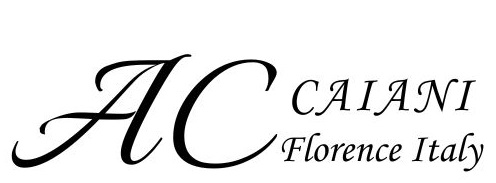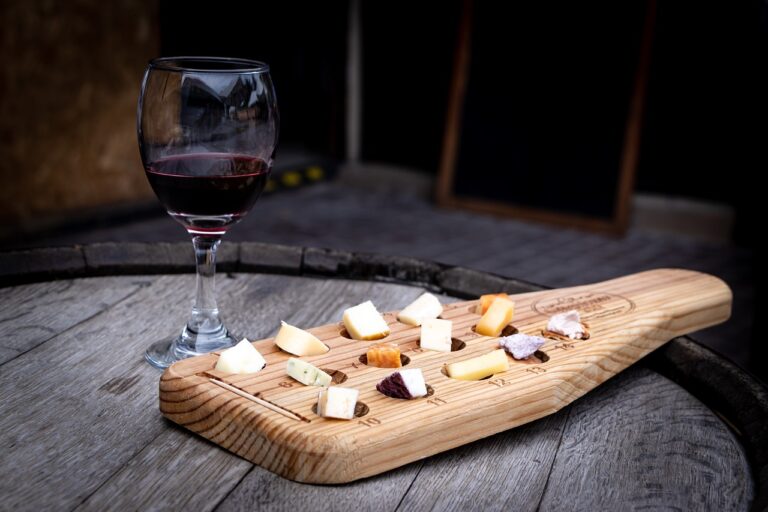What Is a Super Tuscan?
The term Super Tuscan refers to wines produced in Tuscany that do not conform to traditional Italian wine regulations. These wines often incorporate international grape varieties like Cabernet Sauvignon, Merlot, and Syrah, rather than relying solely on native Italian grapes like Sangiovese.
Super Tuscans emerged in the 1970s and 1980s when winemakers, frustrated by restrictive DOC and DOCG rules, began experimenting with non-traditional blends. Because these wines did not meet the strict classification requirements, they were initially labeled as Vino da Tavola (table wine). However, their exceptional quality led to the creation of the IGT (Indicazione Geografica Tipica) classification in 1992, allowing more flexibility in winemaking.
Key Differences Between Brunello and Super Tuscans
- Brunello di Montalcino is 100% Sangiovese, aged under strict DOCG regulations.
- Super Tuscans often blend Sangiovese with international grapes or use non-traditional winemaking methods.
- Brunello follows traditional aging rules, while Super Tuscans have more creative freedom in production.
Brunello di Montalcino remains one of Italy’s most prestigious wines, celebrated for its purity and aging potential. Meanwhile, Super Tuscans have gained global recognition for their bold, innovative approach to winemaking.
The Aging Process of Brunello di Montalcino, Brunello Riserva, and Rosso di Montalcino
The aging process plays a key role in distinguishing Brunello di Montalcino, Brunello Riserva, and Rosso di Montalcino.
Brunello di Montalcino
A very good wine Brunello di Montalcino must age for at least five years before release. This includes two years in oak and four months in the bottle.
Winemakers traditionally age the wine in large Slovenian oak casks (botti) ranging from 10 to 30 hectoliters, followed by additional refinement in smaller French oak barriques. This extended aging enhances the wine’s complexity and depth. Best Super Tuscan Wine!
Brunello Riserva
Brunello Riserva undergoes an extra year of aging compared to regular Brunello. It must mature for six years, including two years in wood and six months in the bottle.
The additional aging time allows the wine to develop richer tertiary flavors and greater complexity.
Rosso di Montalcino
Unlike Brunello, Rosso di Montalcino has a much shorter aging requirement. It can be released on September 1st of the year following harvest, needing only one year of maturation.
The regulations for Rosso di Montalcino DOC do not mandate oak aging, resulting in a fresher, fruitier wine that contrasts with Brunello’s depth and structure.
Key Differences Between These Wines
- Aging duration: Brunello requires five years, Brunello Riserva six years, and Rosso di Montalcino just one year.
- Oak aging: Brunello and Brunello Riserva must spend at least two years in oak, while Rosso di Montalcino has no mandatory oak aging.
- Flavor profile: Brunello’s extended aging develops complex, tertiary flavors, whereas Rosso di Montalcino remains fresh and fruit-driven.
- Drinking window: Rosso di Montalcino is best enjoyed young, while Brunello can age for 25 years or more, with some exceptional vintages lasting up to a century.
- Production regulations: Brunello undergoes strict controls and must pass examination by a special commission to receive DOCG status, while Rosso di Montalcino follows more lenient DOC guidelines.
These aging differences create distinct styles, making Brunello di Montalcino a complex, age-worthy wine, whereas Rosso di Montalcino offers a bright, youthful expression of Sangiovese.
Conclusion
Brunello di Montalcino holds a special place among Italy’s finest wines. Understanding its aging process, along with the distinctions between Brunello, Brunello Riserva, and Rosso di Montalcino, enhances the appreciation of this Tuscan treasure.
While Brunello requires a minimum of five years to develop its sophisticated flavors, Brunello Riserva extends this process to six years, deepening its character further. In contrast, Rosso di Montalcino is crafted for earlier enjoyment, featuring a lively, fruit-forward profile.
The aging process not only shapes the wine’s flavor and structure but also influences how each bottle should be enjoyed. Brunello evolves beautifully over time, while Rosso di Montalcino offers immediate gratification. Both styles have their own charm, but Brunello’s aging potential makes it a truly remarkable experience.

